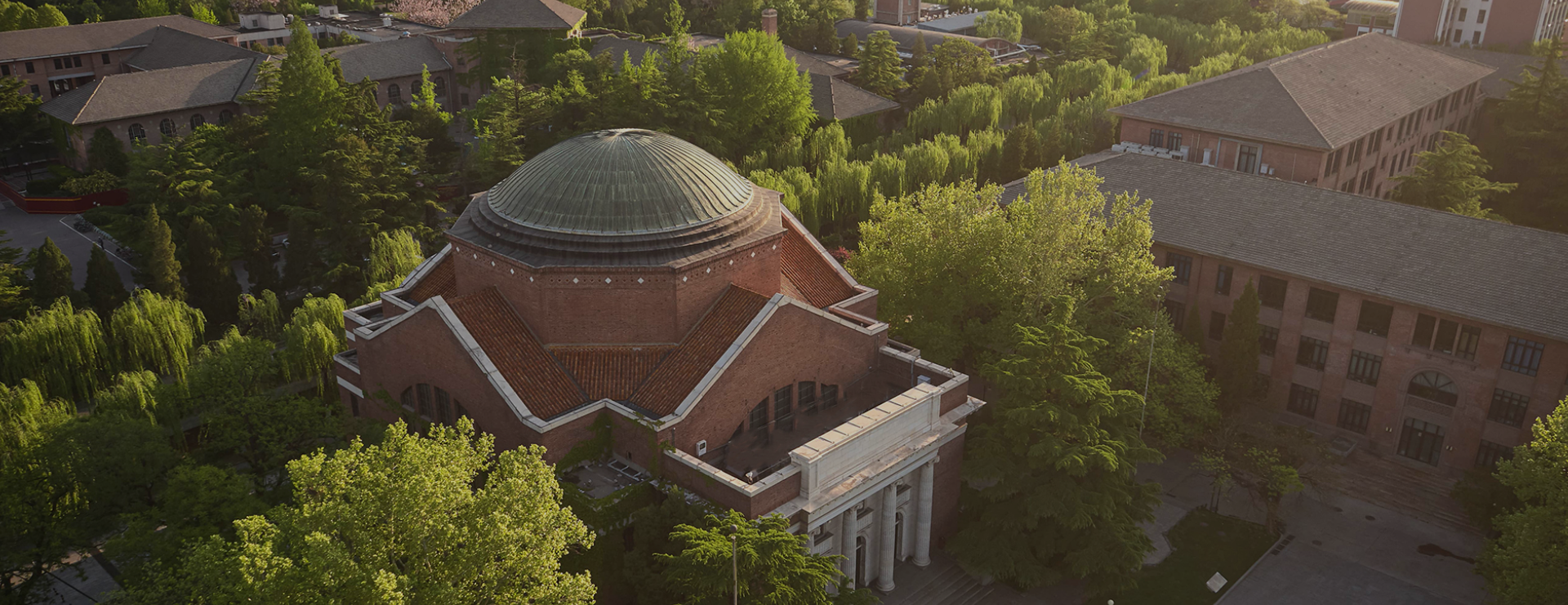China expects to overcome the grim situation in ozone pollution control and see its air quality significantly improve by 2060, the time before which the country aims to realize carbon neutrality, experts said.
They made the remarks at a forum themed China's air pollution control process in Beijing on Thursday, which was organized by non-governmental organization Clean Air Asia.
According to a report unveiled at the forum, China saw the density of ozone rebound last year, following consistent declines in the previous two years.
In 2022, the average concentration of ozone across China reached 145 micrograms per cubic meter, up by 5.8 percent year-on-year, the report noted.
The proportion of cities that saw their ozone density reach the national standard of 160 mcg/ cubic m fall from 85.3 percent in 2021 to 72.9 percent last year.
The problem is especially outstanding in the three key regions for air pollution control- the Beijing-Tianjin-Hebei province cluster, the Yangtze River Delta, and the Fenhe-Weihe Plain.
In 2022, all cities in the cluster, for instance, reported ozone density beyond the national standard, it noted. Only three of the 41 cities in the delta didn't experience increase in the density.
Zhang Weihao, manager of Clean Air Asia's China air quality program, said, from 2013 to 2022, the annual density of ozone in China is in an upward trend with fluctuations.
"The density increased in all years but 2020 and 2021," he said.
The rebound in ozone concentration in 2022 was to blame for one percentage point of decrease in the proportion of days with fairly good air quality, he noted.
China uses a 0-500 index scale to assess air quality. The quality is considered to be fairly good if the index is below 100.
Days with fairly good air quality don't refer to natural days, but are calculated based on the cumulative time.
"The situation for the control of ozone pollution, a traditional and old problem in China, is still very grim," he said.
He Kebin, dean of Tsinghua University's Institute for Carbon Neutrality, however, dismissed the grave concern that ozone pollution will be a lingering problem for China.
If China manages to peak carbon dioxide emissions as it plans before the end of this decade, the density of ozone in the country will stay stably below 130 mcg/cubic m and even reach 120 mcg/cubic m as of the time, he said. He is also an academician with Chinese Academy of Engineering.
Once China hits the target of going carbon neutral before 2060, the density will decrease to below 100 mcg/ cubic m, which is the recommended guideline level of the World Health Organization, he added.
He also said by then the density of PM 2.5 particulate matter in China is expected to decline to below 10 mcg/ cubic m, compared with 29 mcg/ cubic m in 2022.
"So by that time, people will not have to worry about the problem about ozone pollution anymore," he stressed.
Editor: Guo Lili

